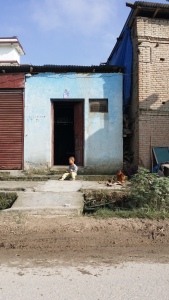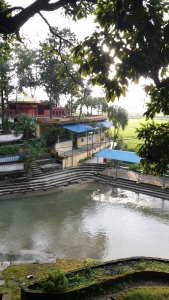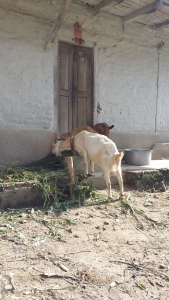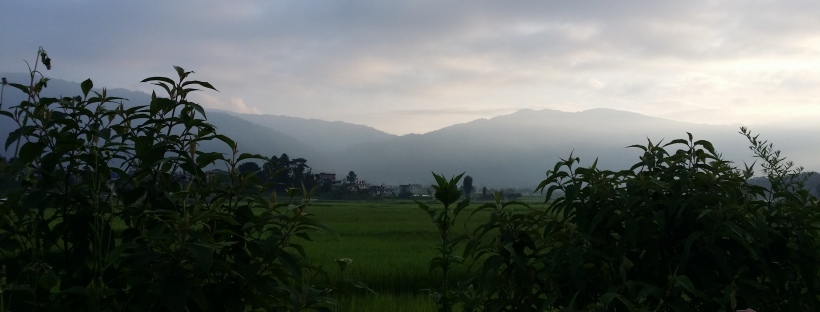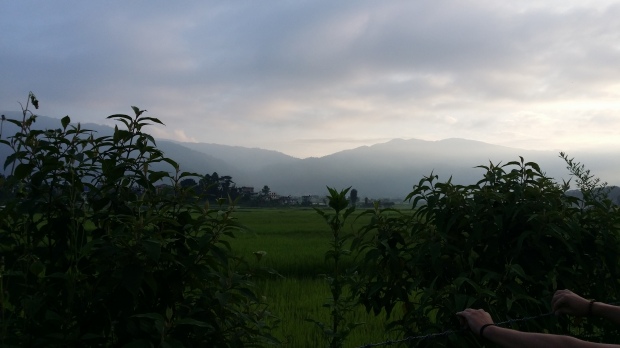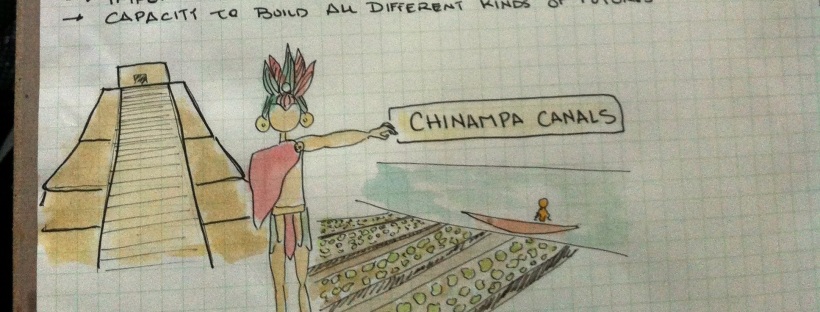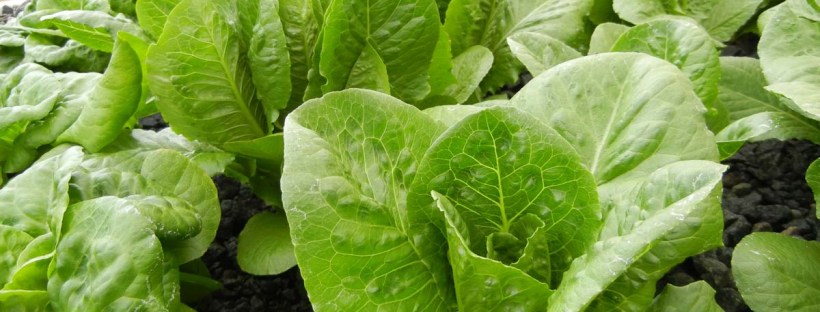Unfortunately, not much has happened since our last update. But that’s no reason not to keep reading!
In fact, quite the opposite…
Blockade
The recent ratification of the new Nepali constitution sparked a political chain reaction which has led to more civil unrest, but, more importantly, also an unofficial blockade at the Nepal-India border.
Landlocked Nepal relies heavily on India for importing essentials, specifically petroleum. Although the blockade by Indian border stations is not officially sanctioned by the Indian government, the Nepali political class, and most people, are angry at a perceived slight from the Indian people.
The Indian government has recently rendered their disappointment with the circumstances in which the new Nepali constitution was ratified, and is worth noting that whilst the trade blockade is not officially sanctioned, the Indian government seem indifferent at best.
Problems
Since Nepal is a poor landlocked country with only two borders, this severely limits our ability to bring in items from India. The Northern border crossings with China, already damaged heavily by the earthquakes this year, are too far from us to allow for easy shipment of goods.
Several key components of the system, including net pots and a 5000L fish tank, are currently ‘not available’ and ‘on the way’ respectively, due to the political situation. The fish tank has at various stages been ‘on the way’, ‘halfway’, ‘two days away’, and ‘almost here’ since we paid for it over two weeks ago.
As we were already struggling with the unavailability of items, the holiday season approaching, and (to a lesser extent) the pace of the Nepali way of life, these are definite obstacles to deal with.
The volunteers have been very helpful and understanding, and we have been assured that patience will be rewarded, and that this is actually a normal situation.
Progress
Fortunately for us, there has been movement in other areas. The arrival of Luke, a BlinkNow Sustainability Fellow and resident construction expert has coincided with steady progress in the greenhouse construction.
There have been many discussions and visions and revisions in the past week, but we have settled on a system and a size which suits all parties and construction is well under way. Work should be finished (and pictures forthcoming) within a week or so.
We have also started work on a system of compost barrels. These, along with dense potato barrels, will be housed in the aquaponics greenhouse and will compliment the system perfectly. Details on how these are made, and how they will be incorporated into the system will be posted soon.
Future
In the meantime we are working on the educational side of the project, and working to establish good relationships with the home and school staff.
We have been met with nothing but genuine interest and enthusiasm, and everyday it becomes clearer that this is a perfect community with which to build and develop sustainable plans for the future.
On another note, Robert and Jenessa have now left Surkhet to pursue separate interests. Jenessa is currently hiking base camp (one of her dreams), and Robert is starting a new job in Korea. We wish them both the best of luck and we will miss them very much.
The next update should be within the next week. Thank you for reading!
Namaste.


